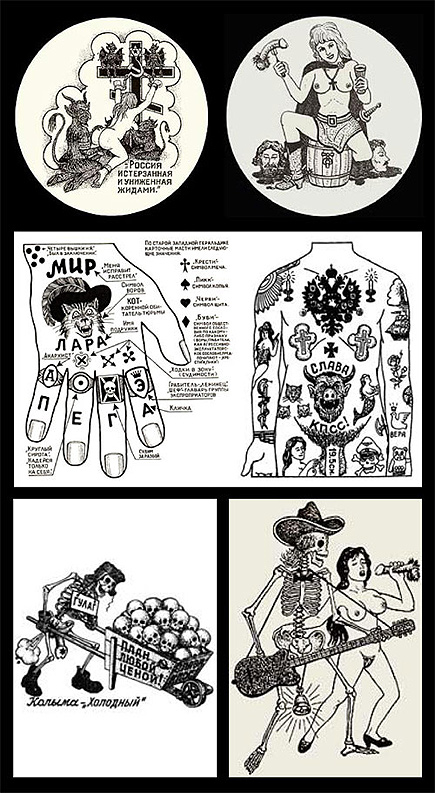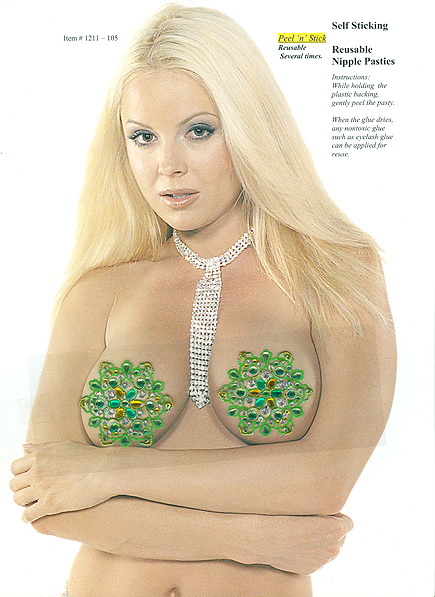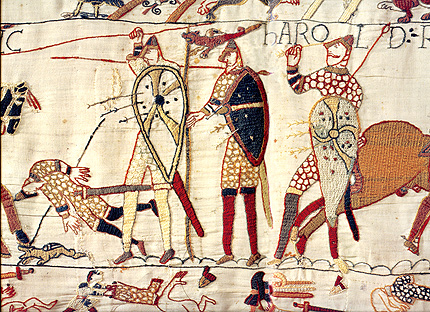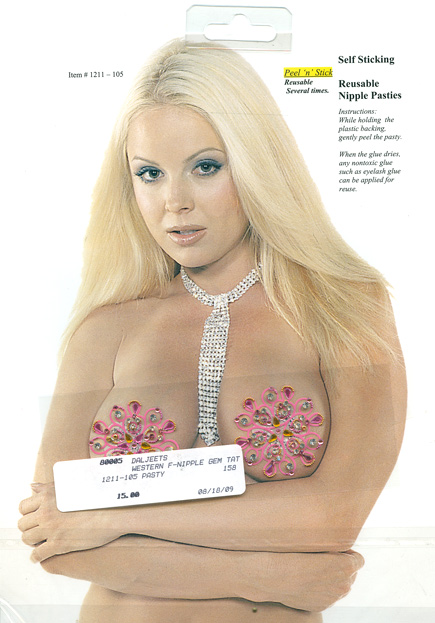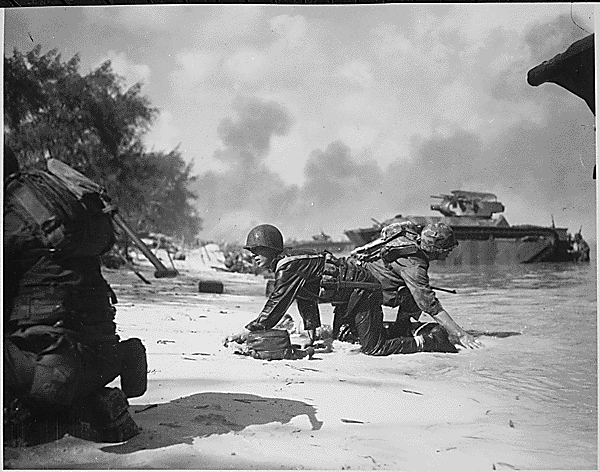??????
KMCC..
Fade to brack II...
As of today, September 21st, two thousand and nine, my professional representation with Redeye represents is officially terminated. I shall dutifully represent myself until further notice. Thank you and "As sa'alamu aleikum"…!
SxS part green, twoXtwo...
Plus ça change......
An Afghan War Rug I picked up in Afghanistan..... I have two in my collection of two.... Plus ça change......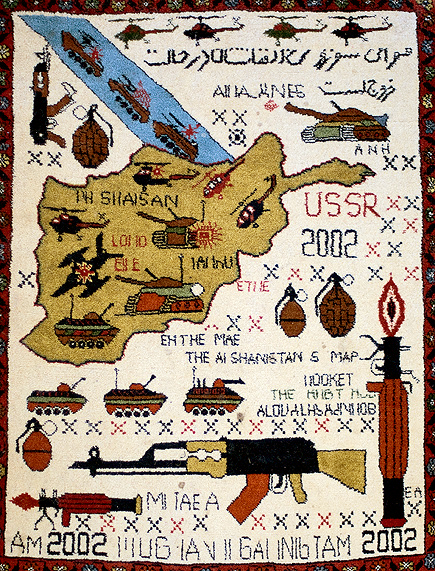
and the Bayeux Tapestry......, plus c'est la même chose......War Rugs.
A smutography collector(ion) is born...
Zweigorgonbandulanmarhenpeckawüd...
Last weekend we dragged the 8x10 thru Sacramento river swamps and brought this back....another first at Bandulan industries.... for larger sizes of crappy contact sheets "CLEEKENHERE" unt "HEERE"
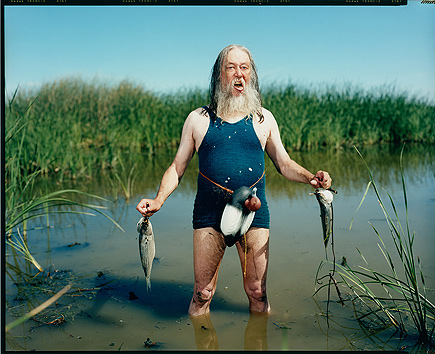 and this one but I am not sure which of the two I will edit out..."CLEEKENHERE"
and this one but I am not sure which of the two I will edit out..."CLEEKENHERE"
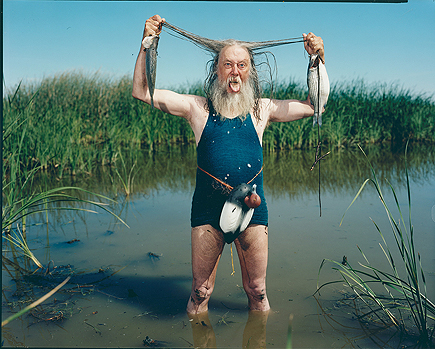
Appointed duty II...
As mentioned below, two shots were produced but only one is being displayed. I have not made up my mind about the second. For a larger version(flatbed scan of a mediocre contact sheet, which no one these days are able to produce with any level of professionalism, in San Francisco at least) click here...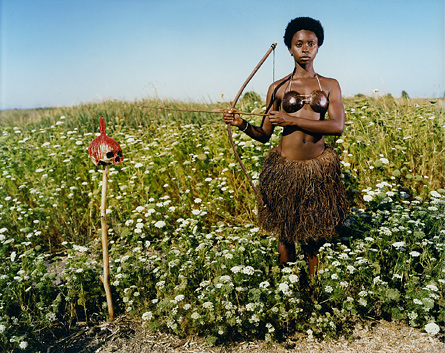
Appointed duty...
Last Thursday's shoot. We piled into a couple cars and drove to within reach of Sacramento, CA... and shot two more personal pieces. From left to right: Shawnrey Notto, Gabriel Laude, Yours truly "Dear leader", and the Ryan Arthurs....! Results will be available this coming Tuesday the 25th of August and will be posted on "Dear Leader" should said works be worthy of any such subsequent entries.... Thanks to all, especially Ryan and Shawnrey. Polaroid by Raphael Laude. Polaroid by Raphael Laude.
Left to Right: Raphael Laude, Shawnrey Notto, Gabriel laude and the Ryan Arthurs. Polaroid by Olivier Laude.
Hornier than "Einn October Elk" ...
Australopithecus Afarencis Birth Syndrome (AABS, for short)....
Harmonikatijd....
Palemiger Spatzen- Have been know to serenade Mexican arms dealers, you can tell from the Jheri curl that they are actually from Jalisco, not Bavaria....I am also pretty sure this was shot on the remains of the Berghof....or at least Hitler's summer grassing lands...
and some sort of Bavarian surf tunes....
Oh La La....
"Jesus is Lord"
Electronic Fine Art Displays (EFADs).
Running concurrently as guest blogger on "A Photo Editor". Begin:
I have been staring at hi-res scans of my 8x10 work on my Apple 30" inch LCD display for a number of years now and wondering why the same displays have not yet been made to accommodate large display sizes. Thin museum quality LCDs, LEDs or better yet, OLED displays to display our work in larger sizes, 40 x50, 60x50 and bigger....
Anyone who has had the pleasure of watching a well mastered Blu-ray disc on a good quality 1080P HD screen will come off the experience a better man or woman and wonder why this technology is not being put to good use in the world of photography. I am convinced that there is a large market for high end electronic displays where photographers and other artists can show their work in a way that completely bypasses the "Print". Personally, I have been very frustrated by the process, one fraught with difficulties, work flow hick ups, expensive and many other such issues which crop up when faced with the task of producing large prints for gallery or museum display.
Often the end product is nice enough, or close enough to my creative intentions, but the greatest frustration is that the last step in the making of images is left to a printer (not to me), and to one who may or may not care about my real intentions. The limitations of their technology, skills, experience, and increasingly scare geographical locations often prevent or limit my creative choices, not to mention the cost of a C-41 printer .
I work very hard to produce an image which pleases me, but I often find myself frustrated by that last step...a final step many photographers struggle with: The exact and brilliant reproduction and display of one's work. Even-though, the print has served us well for well over a 150 years, I believe it is time to explore and demand that a niche market of high end large flat screen displays be developed for the photography market.
My original idea was to use 16:9 ration LCD TVs but the aspect ratio does not fit the average aspect ratio of many cameras(8x10, 4x5. 6x7 etc...). This led me to believe that there would be a market for high end LCD or OLED flat panel displays for fine art photographers, as well as other artists who might wish to display their work in a format other than regular TV panoramic formats. The ability to buy a high end barebones display, that is one without broadcast tuner or other electronic components needed to display moving images, would open a new medium for display and appreciation of photography as a whole.
From a personal comment on "A Photo Editor": "Here is an example: this is a “screen shot, command, shift, 3 of a file of mine at 66.7% on my 30? display. The original image was shot with an 8×10 field camera on Kodak 160VC, scanned on a high end flat bed scanner. The original full size image is 12706X15821 at 300 dpi…..40×50 image…I used it to print a 40×50 print and I can tell you the print looses life, on my display it’s just astounding… ….go to this URL and click on the image to enlarge it, at least Safari does this, and look at it on you screen, if it is well calibrated and reseanably large, you might get the a general idea of what I would like to go…This all works on my set up and hopefully it will on yours "
Many photographers, unlike myself, did not grow up with film and digital cameras and have become very adept at manipulating and producing digital photographs and other works of art. These growing communities do not seek out the traditional print and to date, contents themselves to viewing their work on PC screens and on the internet. A new product catering to their needs, and to mine would be extremely successful and well received by a new, as well as older generation of photographers and visual artists...
The ability to frame this display with conventional frames, as well as sophisticated and functional color, contrast and multiple viewing interface (contrast, luminosity, back lighting, etc..) would render this product a versatile and more easily accepted new format. For example, the photographer might wish to approximate the look and feel of a C-print which could be achieved, as well as many other results.
A photoshop compatible display, one easily calibrated with common and sophisticated ICC profiles would go a long way to express the photographer's vision, as well as provide him or her with a versatile, cheaper, more user friendly and better adapted product than the traditional C41 print. This display would be a sharper, more detailed version of their digital original.
I am convinced that this generation of photographers, as well as subsequent ones will demand a product better attuned to their digital abilities and aptitudes, not a product which is becoming increasingly scarce, expensive and monolithic. A product found only in major metropolitan areas, but who's market share is shrinking and becoming more difficult to purchase and review. Most photographers who print for a gallery, home or institutional display do so long distance or through Fed-ex, a process which is rife with expensive reviews, slow and archaic.
There are many types of displays but personally I think the OLEDs are starting to look increasingly like the display to be. Their contrast aspect ratios are extraordinary, as well as their incredible thinness. Samsung's latest 40" OLED TV is an astounding piece of technology and produces a brilliantly sharp and amazingly detailed image, one much closer to what I am used to when I stare at my 8x10 commercial drum scans. Another interesting technology which to some degree is still in its infancy are E-readers(electronic paper). These albeit small displays have a very interesting way to mimic the book page and a visually tactile texture which I personally would like to see incorporated into larger color or black and white electronic display technology....
To conclude, here are other potential uses for Electronic Fine Art display (EFADs, just made that up):
1-Ability to wirelessly control the content of the display. For, an artist or photographer might upload and change a show over a period of time by adding or removing work over a network. 2-The same principle could apply to a collector who might wish to "subscribe" to an artist's work and receive a photography subscription. New images would be uploaded based on a specific delivery contract with galleries, musems and collectors. 3-Work would be sold and downloaded in any number of electronic formats and uploaded into the display. Some high end TVs allow the user to transfer their family photos to their screen for viewing but a more high end and flexible system would be easily devised to allow the artist or photographer to fine tune the image on a screen or allow for laptop and PC connectivity. 4-Imagine a show of 40x50s or 50x60s and larger EFADs in a darkened room, gallery or museum setting. Personally I cannot imagine a more impactful way to display my personal work. 5-Re-usable.Price wise these displays might cost more up front than a typical print but large, archival quality frames are extremely costly; making a EFAD competitive and attractive. 6-Matt and glossy screens...and even touch screen technology. 7-.....I am purposely leaving this list short and open sourced as I think it would be best if my fellow photographers and artists could add their own ideas and suggestions. An open source submission will make for far more ideas and suggestions, as well as other concepts than I could possibly come up with. Some of you might well be far more technologically inclined than I am and that knowledge might lead this idea to further developments, as well as serve as a way to push this concept on manufacturers and make this dream a possibility somewhere down the line. Have at it...the discourse will create its own weather and further refine this burgeoning concept.
*..................................In Propria Persona....................................*
Click here to see a larger image...Mediocre scan from 8x10 contact sheet...Sunday June 8th, Tracy, California. Borges farm.
Marines-Saipan...
Chinos Sexos..
Like a fine cheese, this one has yet to loose it's distinctive milky flavor...chinos_sexo
Separated from their fellow Marines...
The Train...
I acquired this Indian classic on assignment for Time a few years back. I was recovering from a long flight in New Delhi before heading to Kabul and watching cable TV when this came on. I was instantly captivated but never imagined that I'd have the time or the very good luck to find this on DVD or any other format, as I presumed it, difficult to acquire. The next day I jauntily found my way to Time's offices in Delhi and casually mentioned this to the bureau chief. As we chit-chatted about my upcoming trip, un?be?knownst to me a video wallah had been dispatched and within a half hour of mentioning that I loved watching "The Train" last night in my hotel suite, I was holding it in my dirty little bourgeois hands....
Here is the first half...and if you are good, I'll play CD wallah and git you the other half...
Click on the link below, 1 hour and 8 minutes...of 60's Bollybliss... The Train




